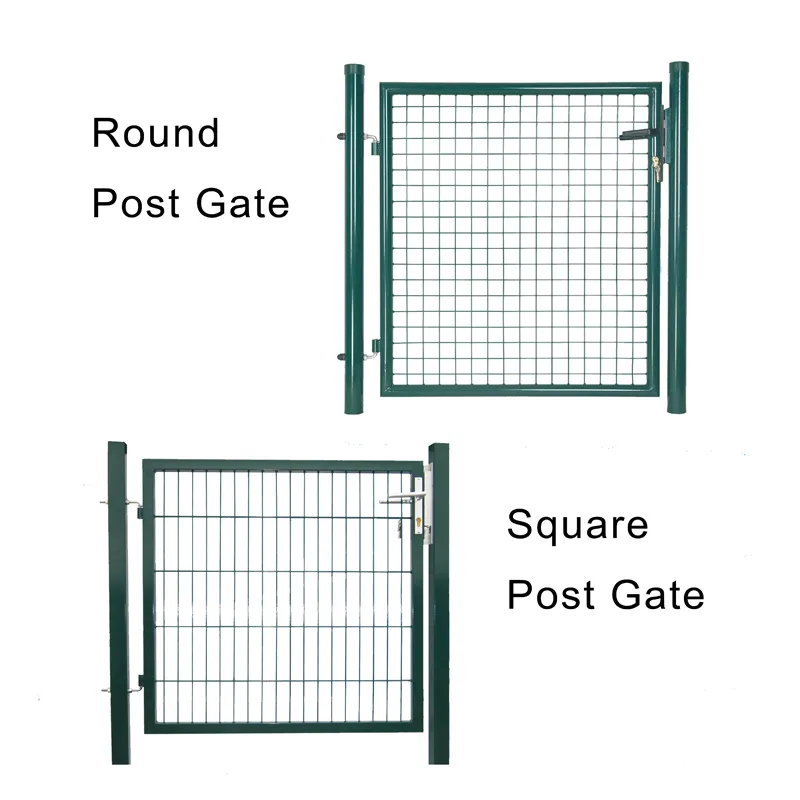The Versatile World of Chicken Wire
Chicken wire, a humble yet functional material, has been a staple in various applications since the late 19th century. This lightweight hexagonal mesh, typically made of galvanized steel, was originally designed for enclosing poultry but has evolved into a versatile tool for artists, gardeners, and builders alike. Its unique properties make it an invaluable resource in crafting, gardening, and even decorative arts.
The origins of chicken wire date back to around 1844 when it was created to protect chickens from predators while allowing for ventilation and sunlight. Its intricate mesh design, with openings large enough to keep out most animals yet small enough to contain smaller poultry, proved to be perfect for farms. However, as time passed, the applications of chicken wire began to expand beyond the barnyard.
In the garden, chicken wire has gained popularity among horticulturists and homeowners. Its primary function is to serve as a protective barrier for plants. Gardeners often use it to build fences that deter rabbits, deer, and other critters from feasting on their hard-earned produce. The breathable nature of the wire also allows for air circulation, which is beneficial for plant health. Furthermore, it can be easily cut and manipulated into various shapes, making it an ideal choice for creating supports for climbing plants or temporary garden trellises.
Artists have also harnessed the creativity and flexibility of chicken wire. Sculptors and crafters often use it as a fundamental material in creating 3D artwork. Its malleability lends itself to intricate designs, allowing artists to shape it into whimsical figures, abstract forms, and even elaborate installations. Chicken wire can be easily coated with plaster or clay, providing a sturdy skeleton for more refined artistic expressions. This intersection of utility and creativity showcases the innovative spirit of those who seek to push the boundaries of traditional art materials.
chicken wire

Moreover, chicken wire has also found its place in home decor. With a bit of creativity, it can be transformed into stylish and functional items. For instance, DIY enthusiasts often use it for making wall art, shadow boxes, or decorative picture frames. The rustic aesthetic of chicken wire can add character to modern interiors, especially in farmhouse-style homes. It's not uncommon to see it repurposed into functional holders for mail, jewelry, or kitchen utensils, further underscoring its versatility.
In construction, chicken wire serves as a reinforcement element in various applications. It's often used in stucco and plaster work to provide additional strength and prevent cracking. Builders appreciate its ability to distribute stress evenly throughout a surface, making it an effective choice for enhancing the durability of structures.
Despite its practicality, chicken wire is not without its limitations. While it is effective for keeping out larger animals, its thin structure does not provide adequate security against determined intruders, such as raccoons or dogs. Therefore, while useful, it often needs to be part of a multi-faceted approach to fencing and enclosures.
In conclusion, chicken wire embodies resilience and adaptability. The journey from a simple fencing material for poultry to a multifaceted resource for gardeners, artists, and builders highlights its significance in everyday life. Its role in sustainability—by repurposing and reusing materials—also contributes to a more eco-friendly world. Whether protecting crops, inspiring creativity, or enhancing structures, chicken wire continues to weave itself into the fabric of our lives, proving that even the most unassuming materials can have profound impacts.
















